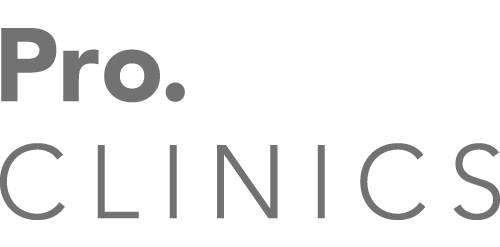laser tattoo removal faq
Unfortunately, due to the nature of this procedure, it is impossible to predict exactly how many treatments it will take for complete results. It could take as little as 2 or 3 treatments for an amateur tattoo or as many as 12 treatments for a professionally applied tattoo.
How quickly the ink fades will depend on several factors, such as the colours in the tattoo, the type of ink used, and how your body responds to the treatment.
In many cases your tattoo will be fully removed by the end of your treatments, however in some incidences a faint shadow will remain where your tattoo used to be. This will often fade even more in time.
How long do I need to wait between treatments? Laser tattoo removal is a slow process. Your body needs time to break down and flush away the ink particles after each treatment. Typically each session should be scheduled a minimum of four to six weeks apart.
Unfortunately, due to the nature of this procedure, it is impossible to predict exactly how many treatments it will take for complete results. It could take as little as 2 or 3 treatments for an amateur tattoo or as many as 12 treatments for a professionally applied tattoo.
How quickly the ink fades will depend on several factors, such as the colours in the tattoo, the type of ink used, and how your body responds to the treatment.
Unfortunately not. Light is measured in nanometres and there are two separate wavelengths of light that are emitted from the Q Switched Nd : YAG laser. The first one is invisible infrared light (1064nm) and the second is visible green light (532nm).
The infrared wavelength is usually absorbed into black and dark inks, whereas the green light is absorbed by red and lighter inks. It is sometimes possible to treat other colours, although white, yellow and green are notoriously difficult to remove. Generally speaking, the darker the ink, the more effective the laser will be at removing the tattoo.
Many patients have reported that laser tattoo removal feels like having a rubber band snapping quickly and repeatedly onto your skin. In order to reduce the pain, we advise applying an anaesthetic (numbing) cream one hour prior to your session.
There are various numbing creams that can be purchased over the counter from a pharmacist, and by taking this extra precaution the experience becomes much less painful.
The type of laser used leaves virtually no scars, however, in exceptionally rare cases those with scarring disorders such as keloids, have an increased risk of forming a scar.
